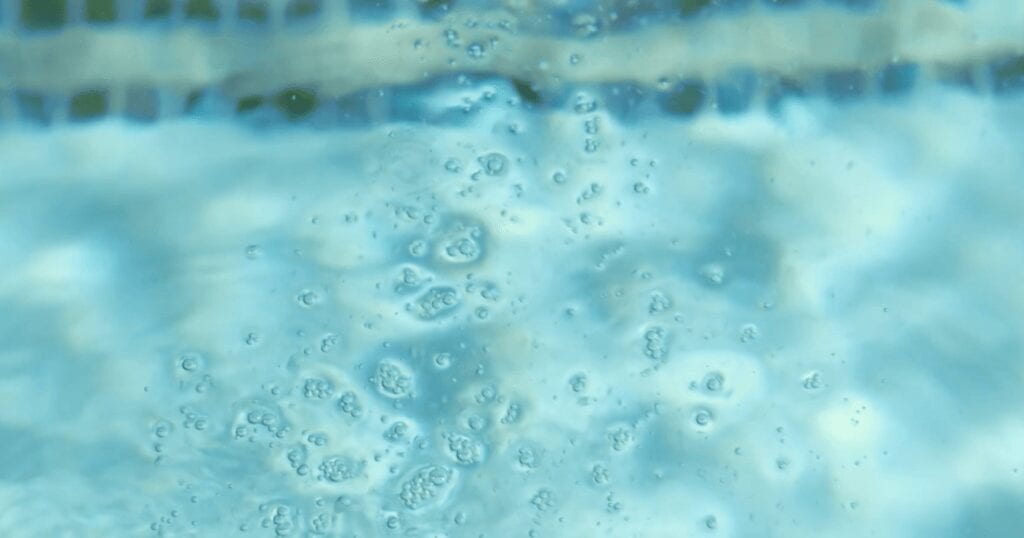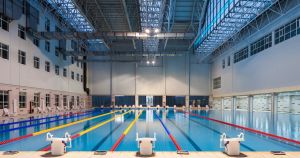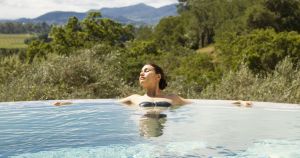 In 2012, the Centers for Disease Control and prevention reported up to 5,000 emergency room visits associated with pool chemicals. Most patients were under the age of 18.
In 2012, the Centers for Disease Control and prevention reported up to 5,000 emergency room visits associated with pool chemicals. Most patients were under the age of 18.
In young swimmers, exposure to excessive chlorine levels in swimming pools is linked to increases in lung tissue damage, asthma and epithelium permeability that allows for toxic disinfection byproducts (compounds that are a byproduct of chlorine sanitation) to enter the body through the lungs. In addition, hyperchlorination causes red eyes, itchy skin and lung and throat irritation.
Chlorine can fluctuate greatly depending on equipment, bather load and water chemistry, and presents dangers for swimmers and frustration for pool operators. While automation and continuous feed systems can help, chlorine management remains a challenge for aquatics facilities.
With Clear Comfort, commercial pools can significantly stabilize their free chlorine operating ranges, allowing the pool to run in a 60 to 90 percent tighter operating range. In a recent deployment a pool with a range of 0.5 mg/L to 5 mg/L before Clear Comfort experienced a 60 percent decreased in the range of pool chlorine immediately. In less than four months, the pool measured an 88 percent reduction in the fluctuation of chlorine.
To learn more, download the case study.
Lauren McNitt
Lauren loves swimming during the summer and relaxing in a hot tub after skiing, but the harsh chemicals limit the time she can spend in a pool. She's excited to bring Clear Comfort to others who share her enjoyment of swimming. Lauren is the Director of Marketing for Clear Comfort.



